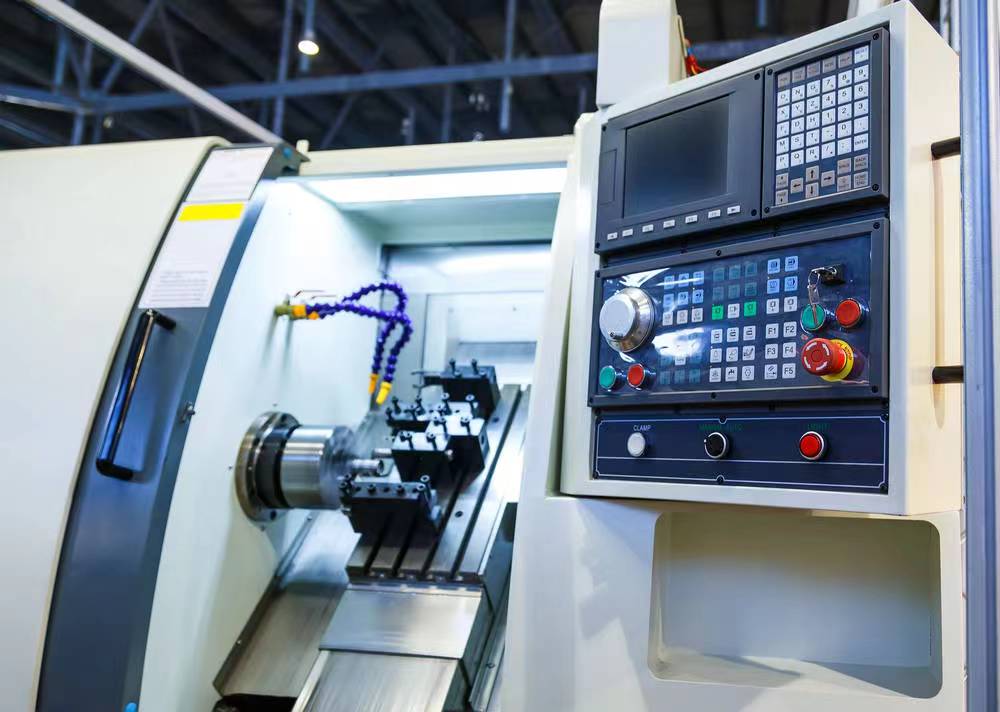Key Technologies in Precision Sheet Metal Processing Industry+ View more
Key Technologies in Precision Sheet Metal Processing Industry
+ View more
Date:2023-11-12 11:00
Introduction:
The precision sheet metal processing industry relies on advanced technologies to meet the increasing demand for high-quality and intricately designed components. In this article, we will explore the key technologies that drive precision sheet metal processing, including computer-aided design (CAD), computer-aided manufacturing (CAM), laser cutting, CNC machining, robotic automation, and quality control systems.

Computer-Aided Design (CAD):
Computer-aided design (CAD) software is instrumental in precision sheet metal processing. It allows engineers to create detailed 2D and 3D models of components, facilitating efficient design iterations and eliminating the need for physical prototypes. CAD enables accurate visualization of parts, ensuring precise measurements and optimizing material utilization.
Computer-Aided Manufacturing (CAM):
Computer-aided manufacturing (CAM) software complements CAD by translating design specifications into machine instructions. CAM software generates tool paths and determines optimal cutting strategies, reducing production time and enhancing efficiency. By integrating CAD and CAM, manufacturers can streamline operations, minimize errors, and achieve consistent results.

Laser Cutting Technology:
Laser cutting has revolutionized precision sheet metal processing due to its accuracy, speed, and versatility. Laser-cutting machines use a focused laser beam to cut through various materials with exceptional precision, enabling intricate designs and complex shapes. This technology minimizes material waste, reduces secondary operations, and ensures high-quality finished products.
CNC Machining:
Computer Numerical Control (CNC) machining plays a crucial role in precision sheet metal processing. CNC machines are capable of executing highly complex operations with precision and repeatability. These machines follow pre-programmed instructions, allowing for efficient production of intricate parts. CNC machining enhances productivity, reduces human error, and ensures consistent quality.
Robotic Automation:
Robotic automation has transformed precision sheet metal processing by offering increased productivity, efficiency, and flexibility. Robots are employed for tasks such as material handling, welding, and assembly, freeing up human operators for more skilled operations. Robotic automation enhances production speed, improves accuracy, and reduces labour costs.
Quality Control Systems:
Quality control is paramount in precision sheet metal processing to ensure the delivery of flawless components. Advanced measurement tools, inspection equipment, and quality control systems enable manufacturers to verify dimensional accuracy, surface finish, and other critical parameters. Real-time monitoring and feedback loops allow for timely adjustments, reducing errors and enhancing overall product quality.

Conclusion:
The precision sheet metal processing industry relies on several key technologies to meet the demands of intricate component manufacturing. Computer-aided design (CAD) and computer-aided manufacturing (CAM) software streamline the design-to-production workflow, optimizing efficiency and accuracy. Laser cutting technology offers precise and versatile cutting capabilities, while CNC machining enables complex operations with high repeatability. Robotic automation enhances productivity and flexibility, while quality control systems ensure product integrity. By harnessing these key technologies, manufacturers can attain superior precision, efficiency, and quality in sheet metal processing, catering to diverse industry needs.
Share to:
Recommend wonderful blog posts

